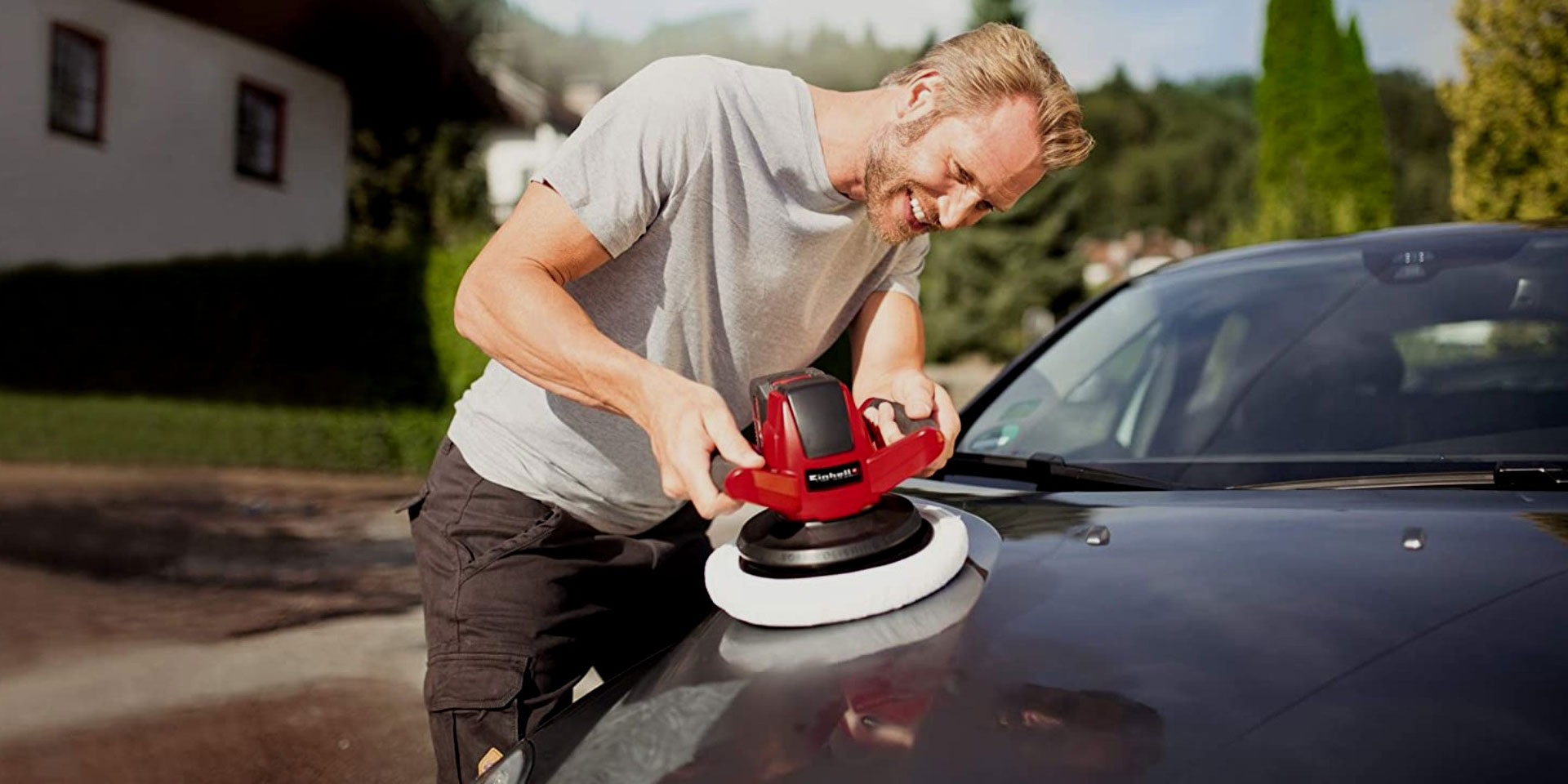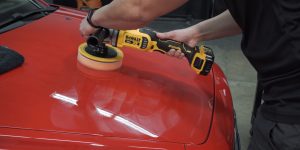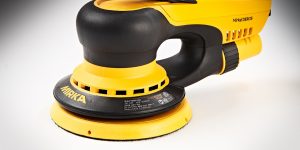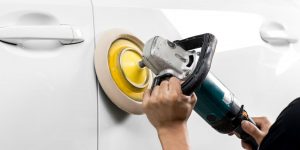When you’re looking to get your car looking its best, it’s important to know how to use various tools. For example, many professionals and ordinary car enthusiasts use car polishers and buffers for bodywork. Both machines have unique benefits that can make them perfect for different jobs. In this article, I want to tell you in detail about the difference between buffer and polisher and dwell on the most important aspects of this subject area. A detailed understanding of this subject will help you to make more correct decisions about choosing a tool for certain tasks. Consequently, you will be able to do your work better.
The difference between car buffer and polisher
A car buffer is a machine that uses rotating discs to clean and polish the paint on your car. Buffers are perfect for removing scratches, swirl marks, and other imperfections from your paint.
A car polisher is a machine that uses rotating pads to apply wax or sealant to your car. Polishers are perfect for getting a high-gloss finish and protecting your paint from the elements.
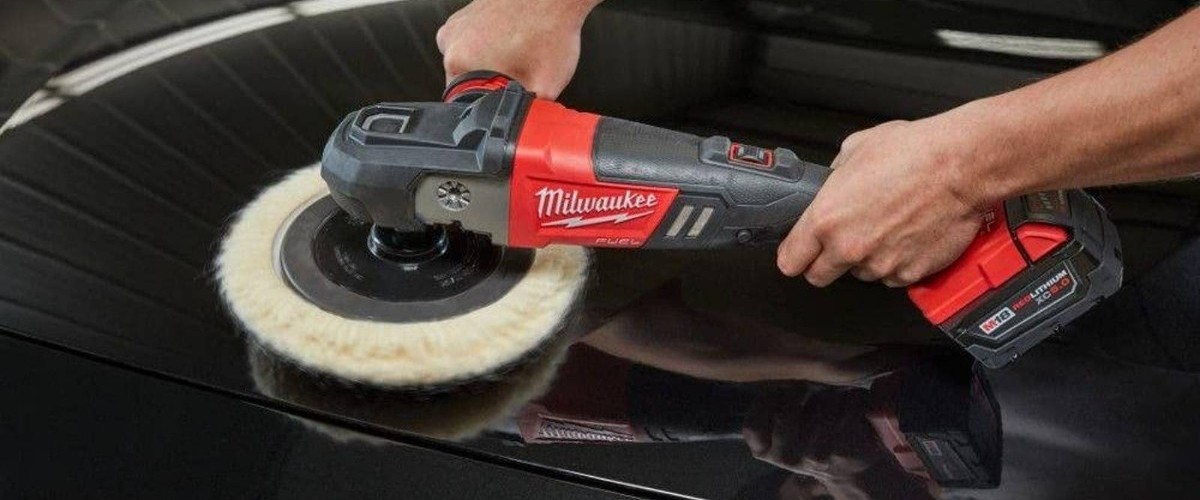
How does a buffer work?
To understand in more detail the difference between a polisher and a buffer, let’s look at the principles of their work. Then it will become clearer to you for what kinds of work it is possible to apply one or another tool. And we will start with the car buffer.
A car buffer works by using rotating discs to clean and polish your paint. The discs are made of different materials, such as wool or foam, and they work to remove scratches, swirl marks, and other imperfections from your paint.
Benefits of using a buffer
The biggest benefit of using a buffer is saving you a lot of time. For example, buffing your car by hand can take hours, but using a buffer can get the job done in a fraction of the time.
Another benefit of using a buffer is that it can help you achieve better results. When you buff your car by hand, it’s easy to miss spots or apply too much pressure in one area, damaging your paint. Using a buffer takes the guesswork from the equation and gives you consistent results.
Removing defective spots from your paint. Defective spots are usually caused by things like bird droppings, tree sap, or road tar. If these spots are not removed, they can lead to permanent damage.
Glossy finish. Adding a buffer to your car’s detailing process can help you achieve a high-gloss finish that will make it look its best. Unfortunately, achieving this kind of finish by hand is very difficult, if not impossible.
Prevent contamination. When you buff your car by hand, there’s a risk of contaminating your paint with dust, dirt, and oil from your skin. Using a buffer eliminates this risk and helps keep your paint looking its best.
Some buffers come with motors resistant to heat, so they don’t overheat. Using a buffer, the heat generated can help to protect your paint from things like UV rays and tree sap.

Drawbacks of using a buffer
One downside of using a buffer is that it can be difficult to control. If you’re not careful, you can easily damage your paint by applying too much pressure or using the wrong type of disc.
They are not for beginners. If you’re new to detailing your car, it’s probably best to start with a polisher. Buffers require more experience and knowledge to use correctly.
They can be expensive. If you’re not planning on using one regularly, it may not be worth the investment.
How does a polisher work?
A car polisher works by using rotating pads to apply wax or sealant to your car. The pads are made of different materials, such as foam or wool, and they work to give your car a high-gloss finish. Polishers can also be used to protect your paint from the elements.
Benefits of using a polisher
The biggest benefit of using a polisher is that it can give your car a high-gloss finish. Achieving this kind of finish by hand is very difficult, if not impossible.
Another benefit of using a polisher is that it can help you protect your paint from the elements. The wax or sealant that is applied to your car will create a barrier that will repel water, dirt, and other contaminants.
Polishers can also be used to remove defective spots from your paint. Defective spots are usually caused by bird droppings, tree sap, or road tar. If these spots are not removed, they can lead to permanent damage.
And the last is easy to use. Polishers are relatively easy to use and don’t require much experience as a buffer.
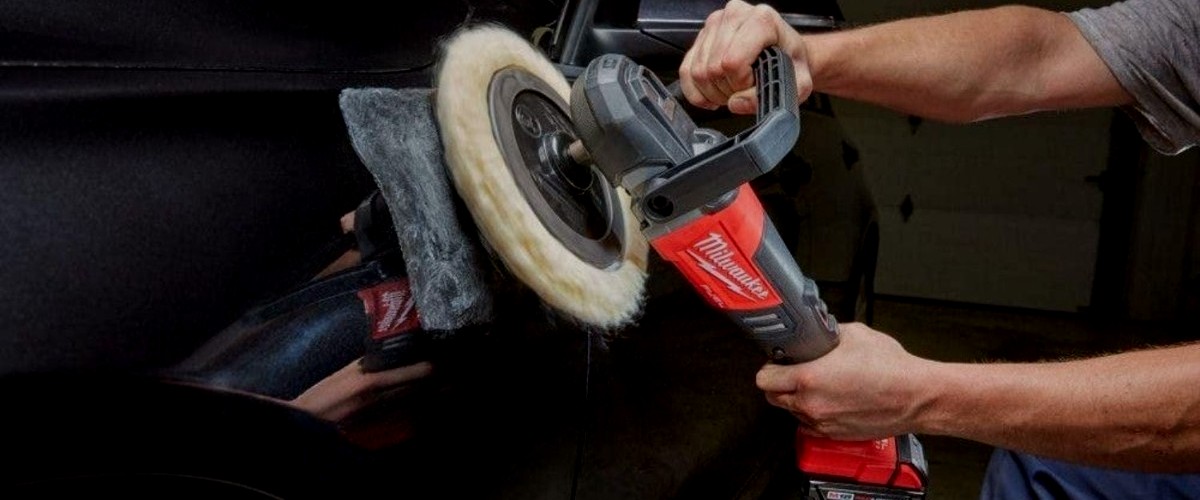
Drawbacks of using a polisher
One downside of using a polisher is that it can make your car look shiny for a short time, it won’t stay that way for long. The shine usually starts to fade after two months have passed since the polisher was used.
Another – the results are not sustainable. The wax or sealant applied to your car will eventually wear off, and you’ll need to reapply it to maintain the high-gloss finish.
Comparing a buffer and a polisher
Types and options
Let’s start the buffer vs. polisher “battle” by analyzing the most significant characteristics.
A buffer is a machine that consists of a pad that rotates at high speeds. The pad is attached to a handle that you hold onto while the machine works for you. Buffers come in various sizes and shapes, the most common being circular.
A polisher is a machine that also consists of a rotating pad, but the pad is much smaller. The polisher is also handheld, but it doesn’t have a handle. Instead, you hold onto the machine itself as it does the work. Polishers also come in different sizes and shapes, but they’re typically oval-shaped.
Abrasives
The type of abrasive material used will determine the results you get. The most common type of abrasive for a buffer is a wool pad. This pad is designed to remove defects from your paint and give it a high-gloss finish.
The most common type of abrasive for a polisher is a foam pad. This pad type is designed to apply wax or sealant to your car.
Size and shape
The size and shape of the machine will determine the areas you can reach. A buffer is typically larger and bulkier than a polisher, so it may be difficult to maneuver around tight spaces. A polisher is smaller and more compact, so it’s easier to maneuver around tight spaces.
Surface damage
Polishers are more aggressive than buffers. It is because buffers use a wool pad designed to remove defects from your paint. The wool pad will also remove any protective coating on your paint, such as wax or sealant.
A polisher, on the other hand, uses a foam pad. This pad type is designed to apply wax or sealant to your car. The foam pad is much less aggressive and won’t remove any protective coating from your paint.

Conclusion
Well, the “epic battle” polisher vs buffer within my review has come to an end, and it’s time to summarize. Both a buffer and a polisher have their benefits and drawbacks. It depends on what you want to achieve and which one is the better choice. If you’re new to detailing your car, it’s probably better to start with a polisher. But if you’re looking for consistent results, a buffer is the better choice. Ultimately, it comes down to your preferences and what you’re hoping to achieve.

